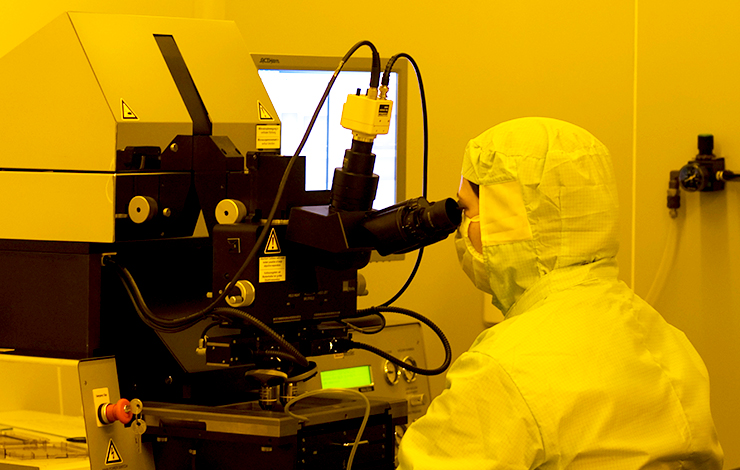


Effect of processing conditions on the properties of recycled cathode ray tube glass foams
| Title | Effect of processing conditions on the properties of recycled cathode ray tube glass foams |
| Publication Type | Journal Article |
| Year of Publication | 2016 |
| Authors | Barbosa ARJ a, Lopes AAS a, Sequeira SIH a, Oliveira JP a, Davarpanah A b, Mohseni F b, Amaral VS b, Monteiro RCC a |
| Journal | Journal of Porous Materials |
| Volume | 23 |
| Pagination | 1663-1669 |
| ISSN | 13802224 |
| Keywords | Cathode ray tubes, Cathode rays, Cathodes, Compressive strength, Electrodes, Fly ash, Glass, Glass foams, Mechanical resistance, Micro-structural characteristics, Microstructural homogeneity, Pore size, Porosity, Powder sintering, Powders, Processing condition, Sintering, Sintering temperature and time, Sintering temperatures, Thermal conductivity, Thermal insulating materials |
| Abstract | Cathode ray tube glass waste was used to produce glass foams by a powder sintering route. The glass waste powder was mixed with small amounts (5 and 8 wt%) of coal fly ash, which acted as foaming agent, and the compacts of the mixed powders were heated at different sintering temperatures in the range 600–800 °C for various dwell times (30–120 min). The effect of the different processing conditions on the microstructural characteristics (porosity, pore size and pore size distribution), mechanical resistance and thermal conductivity of the produced foams was investigated. The volume of pores tended to increase with sintering temperature and time, and glass foams (with a porosity higher than 50 %) were only achieved after sintering at 750 °C. The average pore size increased with sintering temperature and dwell time, and pore growth was particularly accentuated at 800 °C, where coalescence of the pores occurred, with a consequent decrease in compressive strength. Selected combinations of the sintering temperature, dwell time and foaming agent led to glass foams with a satisfactory microstructural homogeneity, which exhibited mechanical strength and thermal conductivity values similar to commercial foams used as thermal insulating materials. © 2016, Springer Science+Business Media New York. |
| URL | https://www.scopus.com/inward/record.uri?eid=2-s2.0-84976430954&doi=10.1007%2fs10934-016-0227-7&partnerID=40&md5=1d036e961b9aee91b9149dbe6d043c86 |
| DOI | 10.1007/s10934-016-0227-7 |








